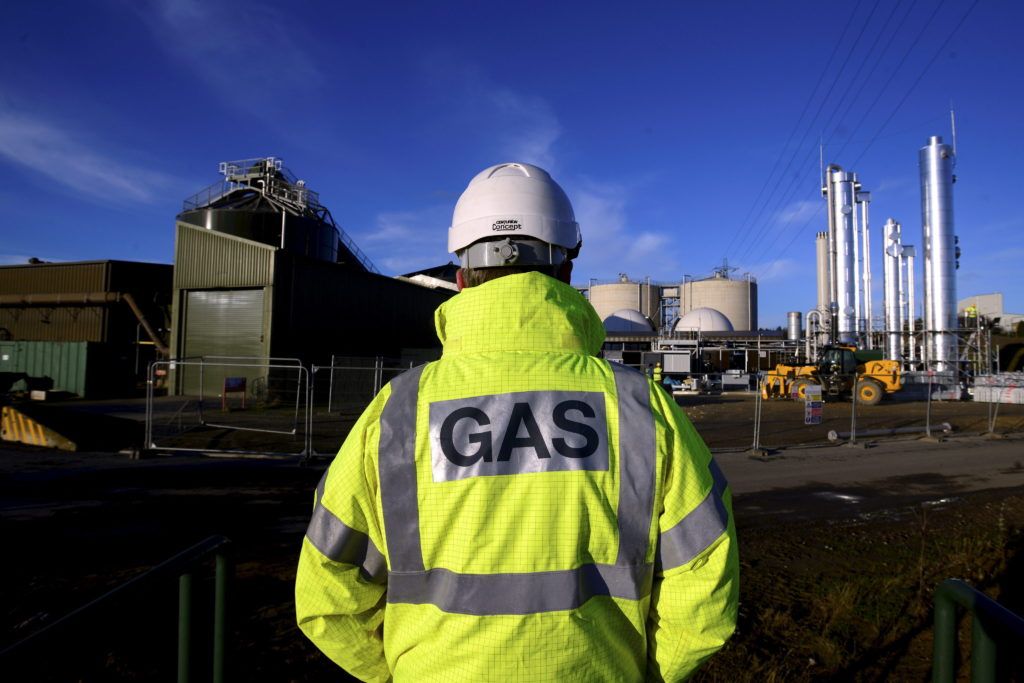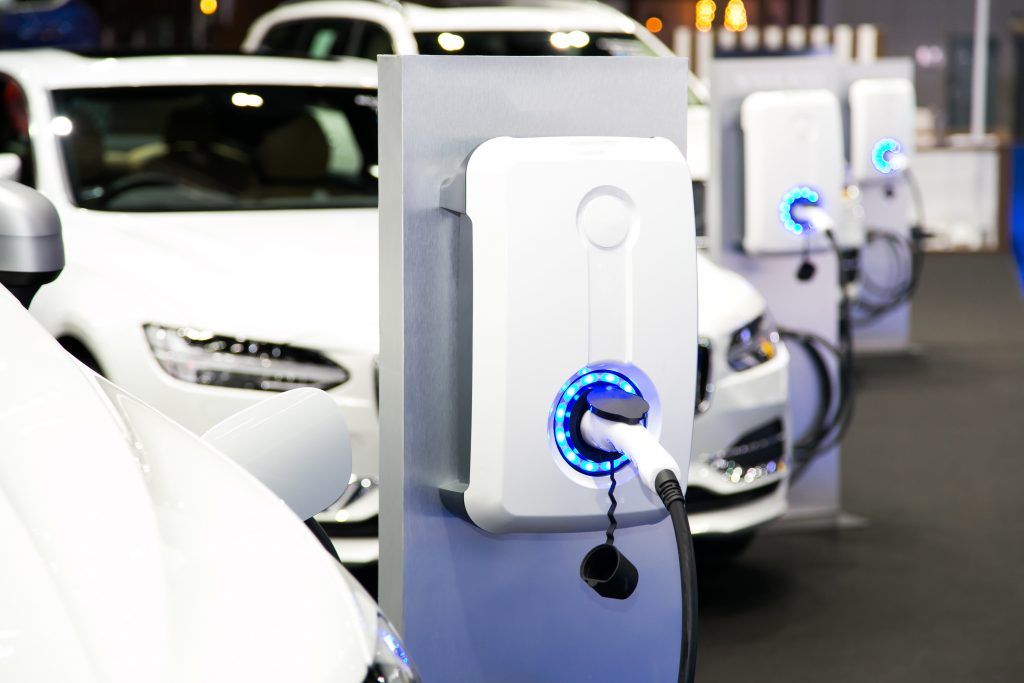Following extensive research, gas networks have confirmed that it is possible to blend hydrogen into the existing gas network, replacing up to 20% by volume of the natural gas in the system.
According to the Energy Networks Association this can be achieved through the hydrogen industrial clusters which are already in development, maximising the benefits they can provide.
The ENA has today (2 November 2022) launched ‘Enabling hydrogen blending from industrial clusters’, new research into the capability of the existing gas network to transport sustainably sourced, blended hydrogen with limited need for change to existing gas commercial and regulatory frameworks. Through the Gas Goes Green programme, gas network companies have assessed how to blend hydrogen into the gas network from the industrial clusters, which are likely to form the initial major source of hydrogen demand and production.
Low carbon hydrogen forms a vital part of the government’s strategy for achieving its Net Zero target. It can help decarbonise large sectors of the economy, including industry, heat, power and transport. Analysis by BEIS has found that 250-460TWhrs of hydrogen could be needed by 2050, representing 20-35% of the UK’s energy consumption. This is equivalent to over 3 million homes’ entire gas demand and fulfills key government targets.
Network companies have mapped out where this blending capacity can be delivered within ’Britain’s Hydrogen Blending Opportunity’. The maps show:
- There’s around 35 TWhrs per year of blending capacity in the Gas Distribution Networks alone, equal to heating around 3 million homes with hydrogen, which could save around 6 million tonnes CO2
- Including the National Transmission System there’s a total of around 60 TWhrs per year of blending capacity equal to heating around 5 million homes with hydrogen, which could save around 10 million tonnes CO2
The homes in the areas where hydrogen is blended to these volumes would see no change in their gas supply as a 20% hydrogen blend can be safely used by all current domestic appliances. 20% by volume hydrogen blending has already taken place in the UK via the HyDeploy project.
Whilst infrastructure readiness and industry preparedness are high, this research has concluded that some policy changes remain to deliver this critical step towards a green gas grid:
- Funding: BEIS will need to provide hydrogen producers in industrial clusters with clarity around the nature of funding for blending into the gas networks, and any conditions attached to it.
- Coordination of injection locations: ensuring that a total system view is taken when industrial clusters’ locations are determined.
- Assessment of connection applications: with enhanced impact assessments that reflect network blends, settlement, and billing, etc.
- Determination of entry conditions: ideally through the standardisation of Network Entry Agreements.
James Earl, Director of Gas at Energy Networks Association, which represents the UK and Ireland’s energy networks businesses, said: “This research represents a big, positive step towards delivering a green gas grid, providing skilled jobs, economic growth and energy security for all of us. This is an integral to not only delivering climate ambitions, but to shift our dependency on global gas markets. As we anticipate the Government’s final decision on whether to approve blending of up to 20% by volume of hydrogen into natural gas next year, this is an important contribution to the national debate.
“A full menu of technologies will be needed to decarbonise industry, heat and transport and it’s vital that we don’t pit options against one another or pre-emptively pick winners. Collaboration, cooperation, and communication will be key, and we look forward to working with all our partners and customers to build the green gas grid of tomorrow.”
Image courtesy of ENA.








